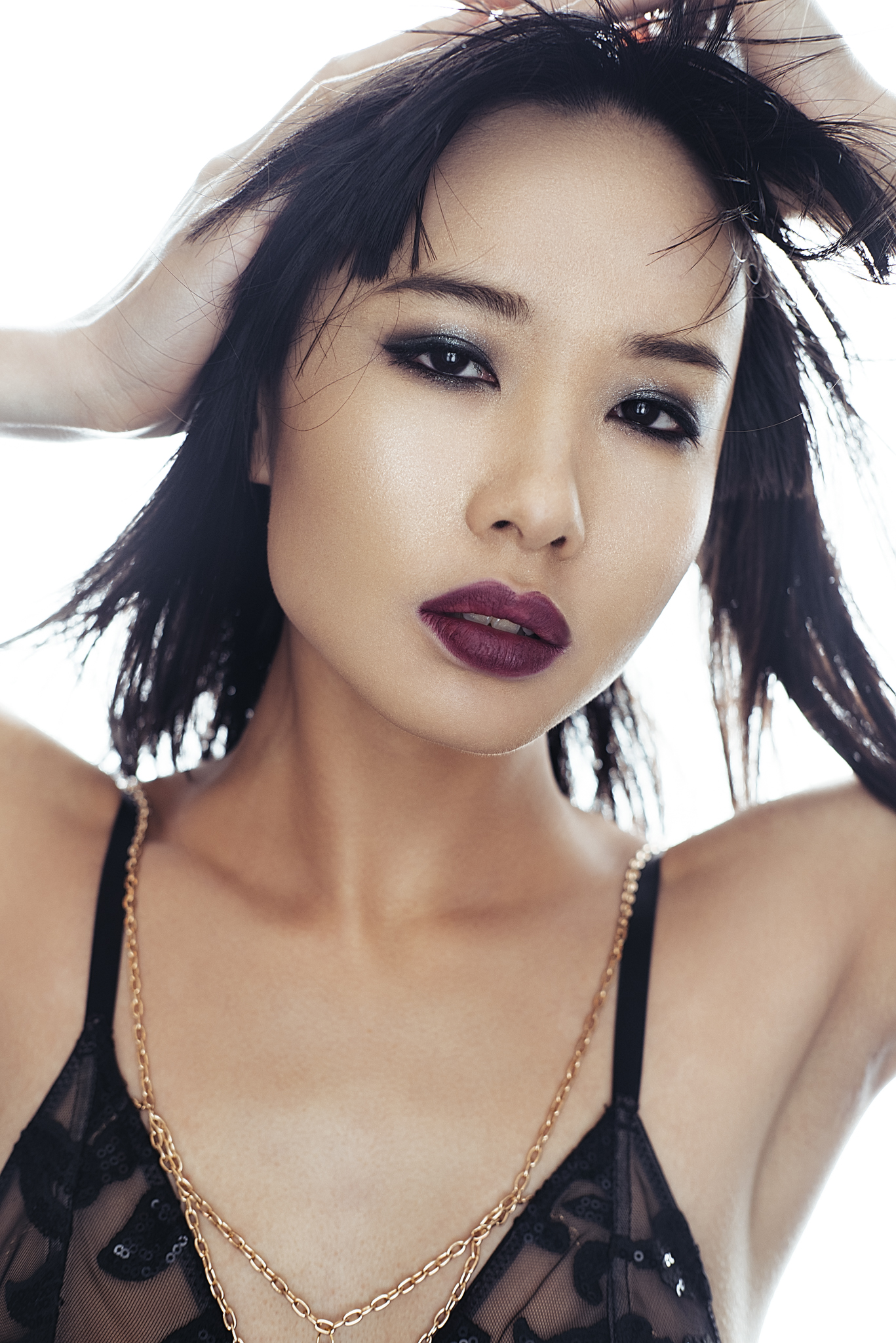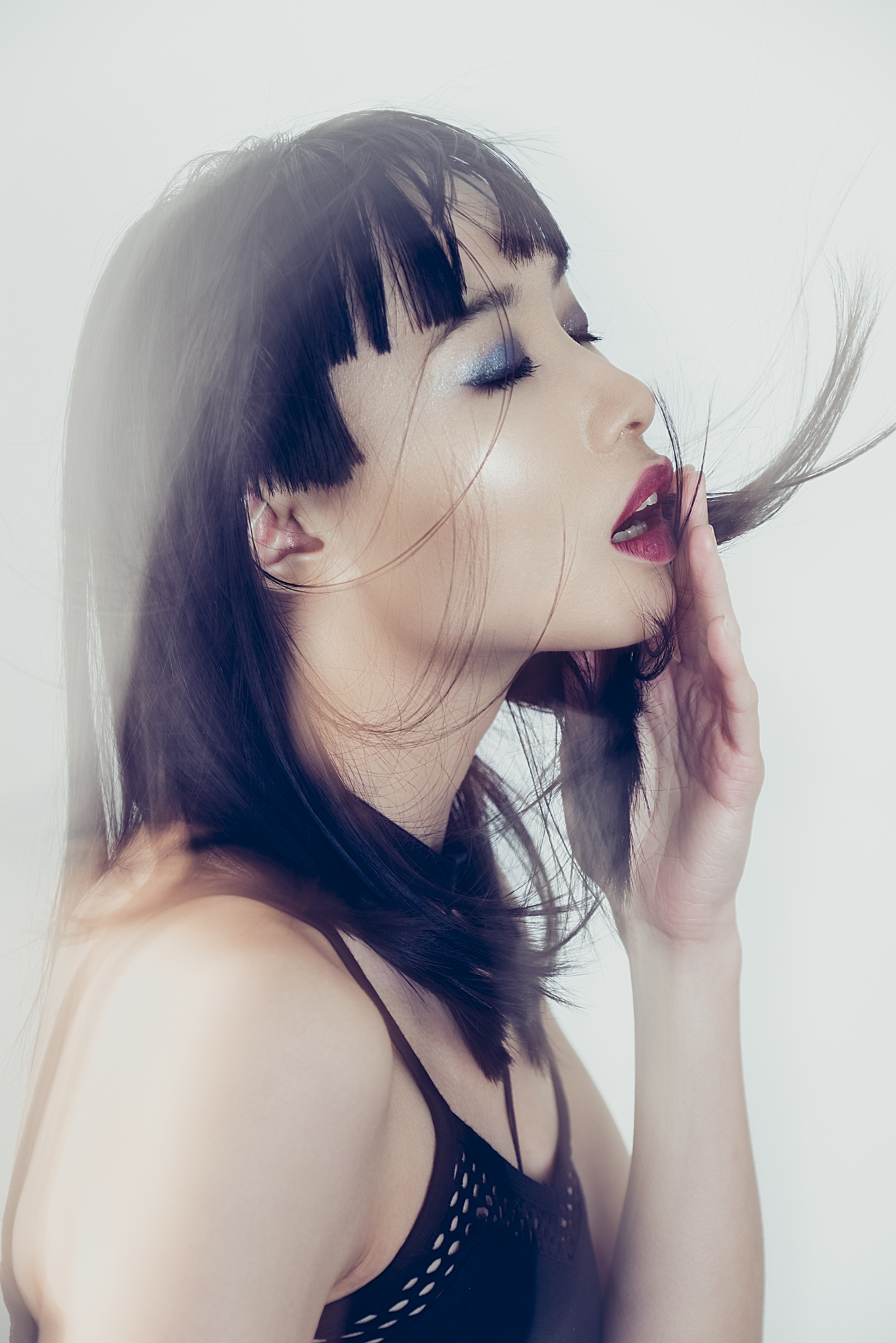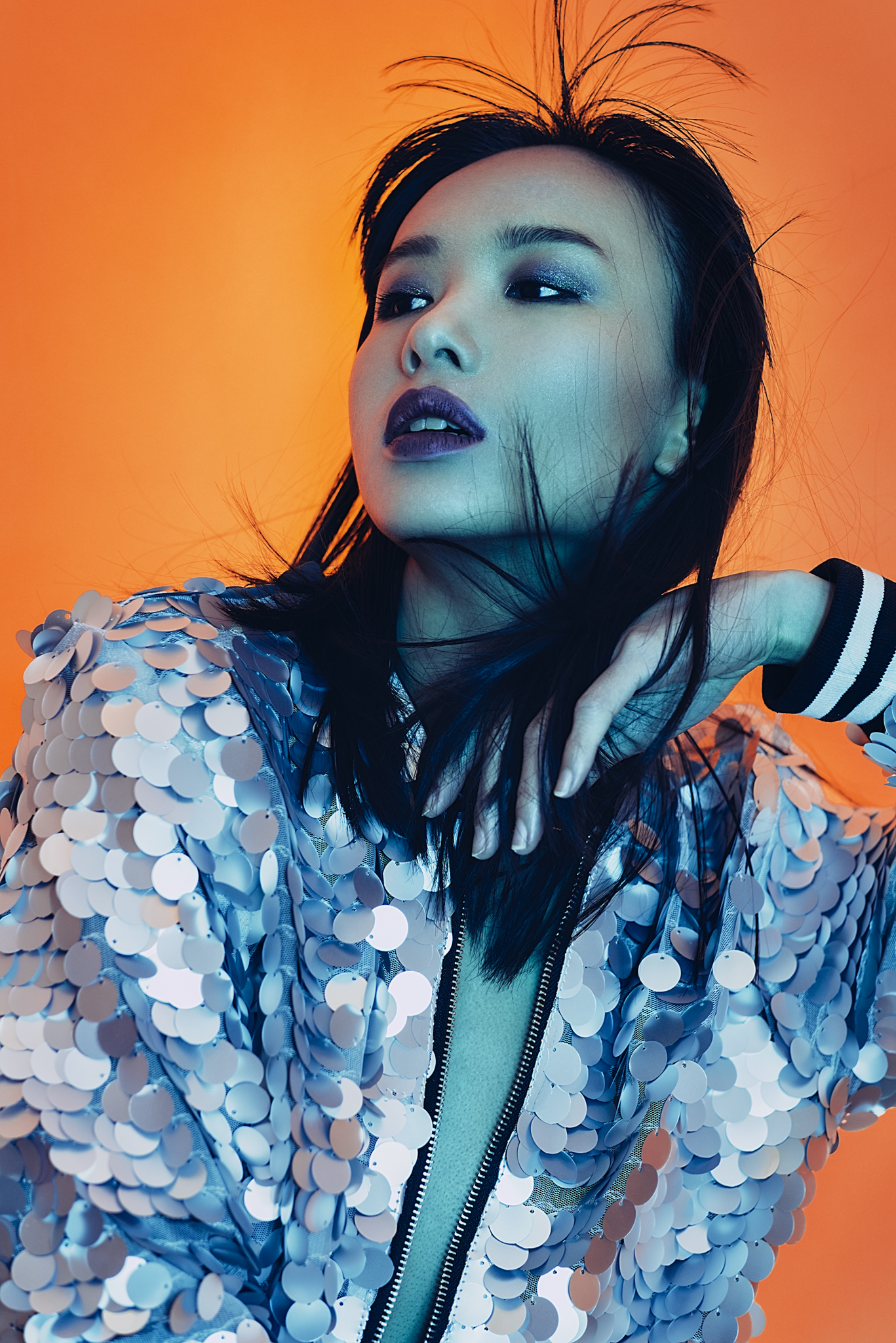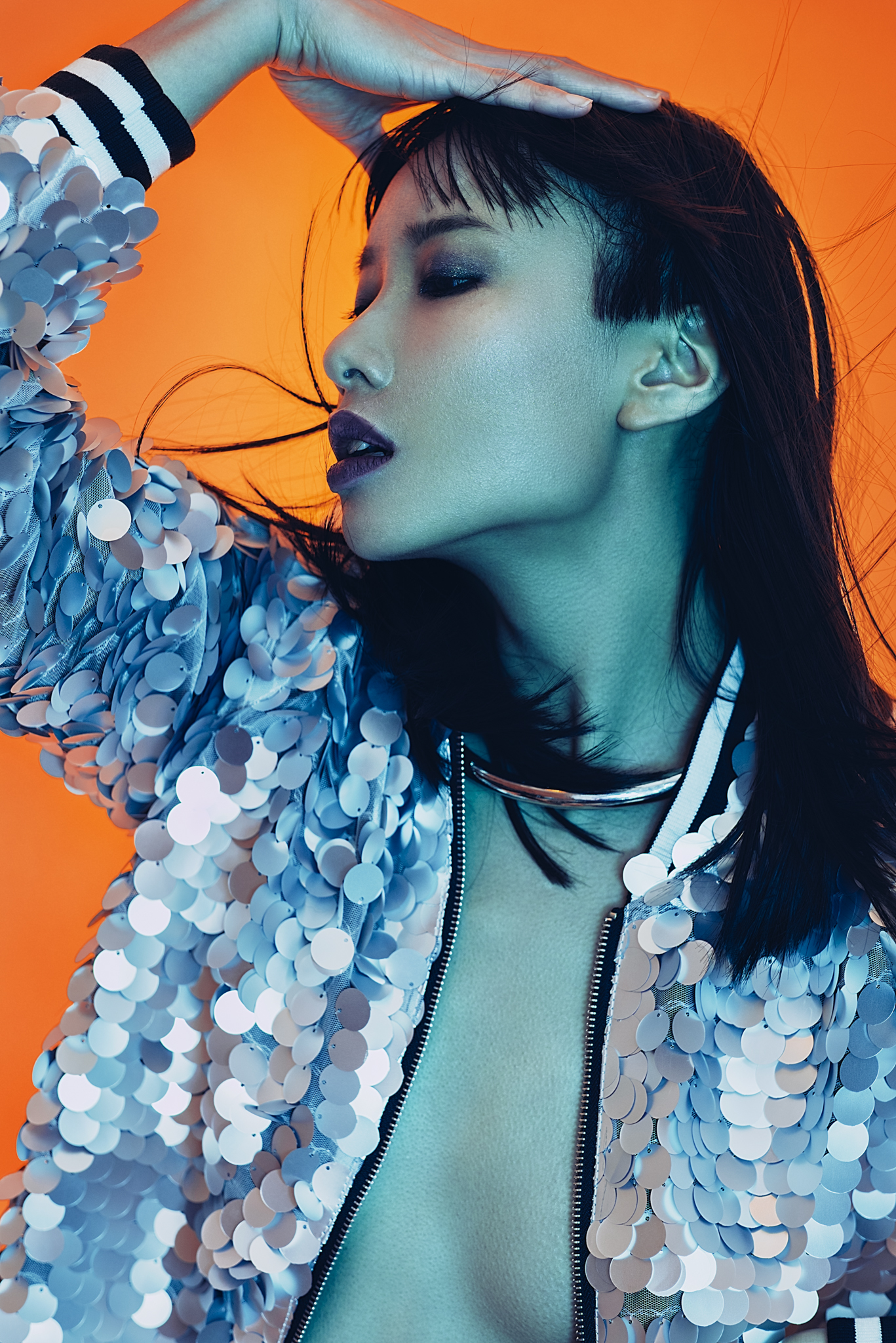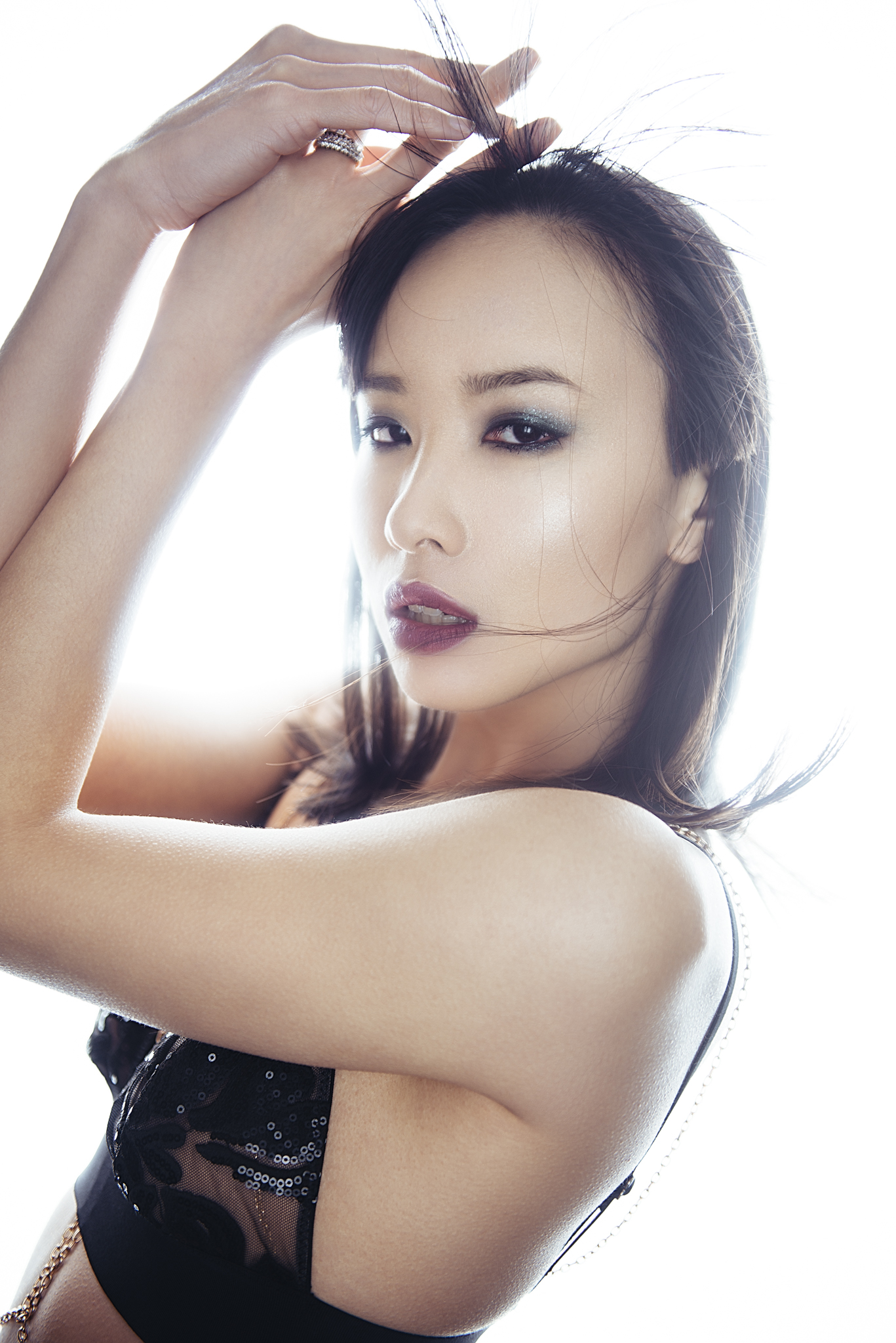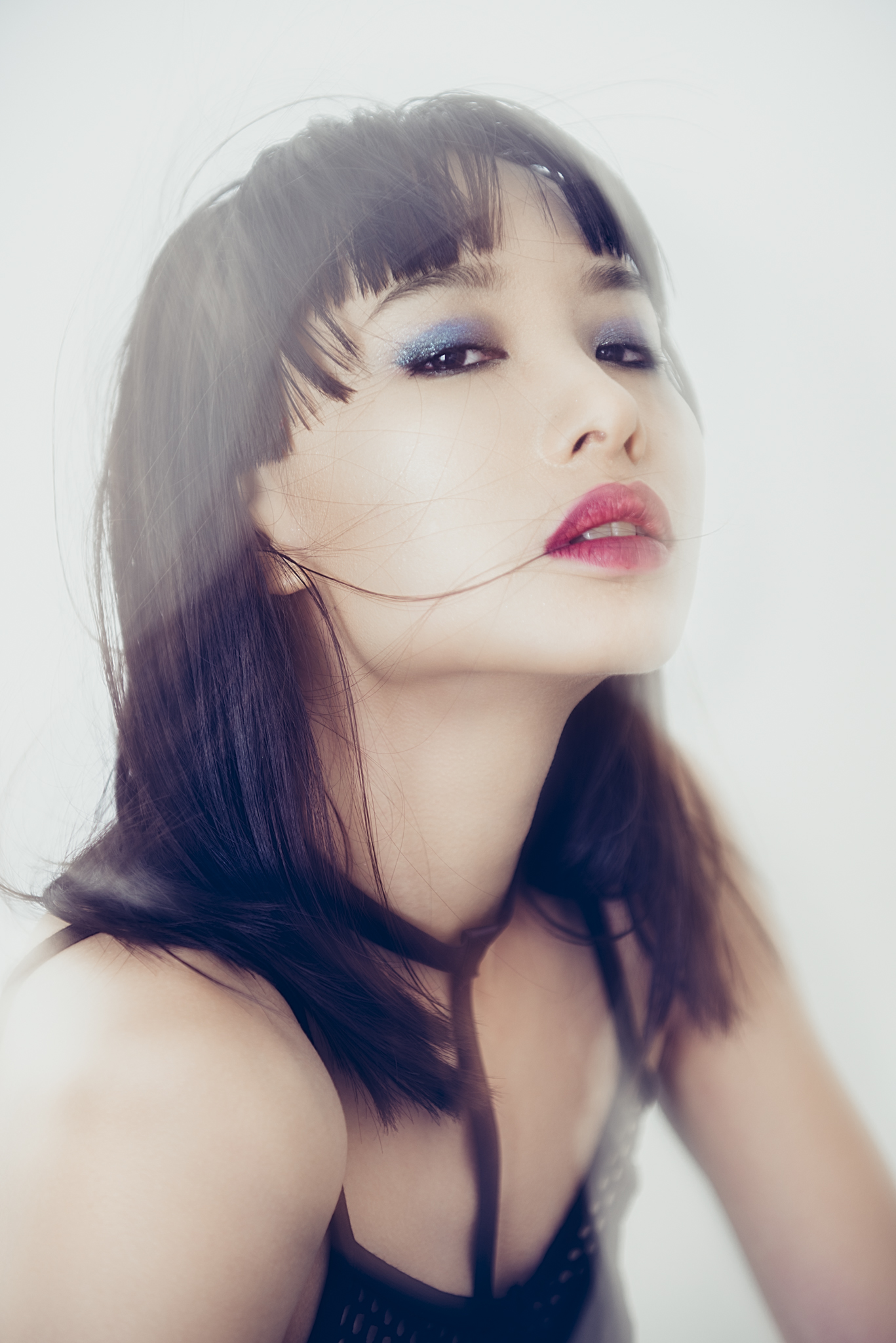So apart from the beautifully demure and effortless posing we've previously discussed, why use an agency model over a independent model? It comes down to a couple of things, firstly a modelling agency will have done all the hard work for you. They've found a stunningly beautiful person and they can provide a service that means I don't have to spend weeks, firstly finding the perfect model but I also don't have to waste my time on 20 messages ensuring she's going to be there. An agency takes care of a lot of this and it simply facilitates a smoother more reliable service when your time could be better spent doing other things.
The other major plus point for modelling agencies is how they deal with model 'no-shows' (when a model simply doesn't turn up to the shoot). You're a fool if you think you're going to eliminate no-shows and it happens at even the highest advertising campaign level of modelling. There is a million and one reasons for this and I have zero interest in hearing any of them, you're either here or you're not here. That might sound cold, but remember this is a job and I am responsible for delivering a result to a deadline not a series of other peoples excuses. When shooting on a very tight deadline I would look at getting a missing team member replaced like any other fundamental piece of equipment on the shoot. Quickly. Like I say you're never going to eliminate these no-shows when you predominantly work with young people (yes, you can put your pitchforks down, I know any age person can no-show but young people seem to have more reasons than most to not be there).
No-shows happen from both independent models and agency models so I'm not insinuating that either is more reliable than the other but when an agency model lets you down you don't waste your breath calling the model, you call the agency. I've had these no-shows happen a few times in the past and I've had to call the agency to get it fixed. Like I said, I'm not interested in why somebody isn't here, I'm interested in making sure somebody is here. I honestly don't want to know how the agency do it, but they often get a replacement model of a suitable standard out to me, on set, usually within a couple of hours. Like I say I don't wanna know how they, threatened, bribed or bought this result but before you know it, they've loaded up the 'model-cannon' and fired across a fresh model to stand in as a replacement.
It's a service like this that you're happy to pay for. We all know it's going to happen so when a no-show does occur that agency moves heaven and earth to fix it. If you've got a 40k shoot in progress you're not gonna call it off on account that 'Susan' was out until 4am "snapchatting" her 149,000 followers of her dancing on the bar! *facepalm* 'Big shock she no-showed this morning!' The show must go on and an agency will definitely do everything in their power to facilitate this.
Whilst we're on this subject, I'll just say that personally, on a big commercial job I will nearly only ever work with agency models. Not because I believe they're better models but because I know their agency has a good reputation for 'putting out fires' that their girls start. If the job really counts, I just won't take the chance on an independent model I don't know. Again that's nothing personal to them, they genuinely may have come down with cholera overnight but they don't have the agency behind them to sort out a replacement. If I've worked with an independent model before during a test shoot and I have a good relationship with them then yes, I'll certainly work with them on a commercial job but that trust has to be built first.
What's most important to you and your project?
Again I'll ask you 'what's most important to you and your project?' I'll be honest, I'm a professional photographer and my goal is to get the best possible image I can regardless of how we get there (granted, not a great mission statement). If an agency model turns up and demands chamomile tea in a china cup, complains about the room temperature being too cold even though 20 other people are fine with it and rolls her eyes at everything I ask her do, I'm frankly fine with it. If she's giving me the full-diva, that's fine just as long as she's giving me KILLER images.
Would it make my life easier if she was acting like a civil human being? Yes of course it would, but I'd take her tantrums and outstanding poses over a model who wants to be my best friend but looks like a limp fish in my photos any day.
You have to ask yourself what's more important to you. If you're chilling out at the weekends and want to have a bit of fun shooting some photo projects on your days off then no, you don't want or have the time for rude and insolent people no matter how good the poses are. If on the other hand you've got a major photoshoot with client expectations on the line then suck-it-up, get the best possible pictures you can regardless of the ignorance you have to put up with to get them.














